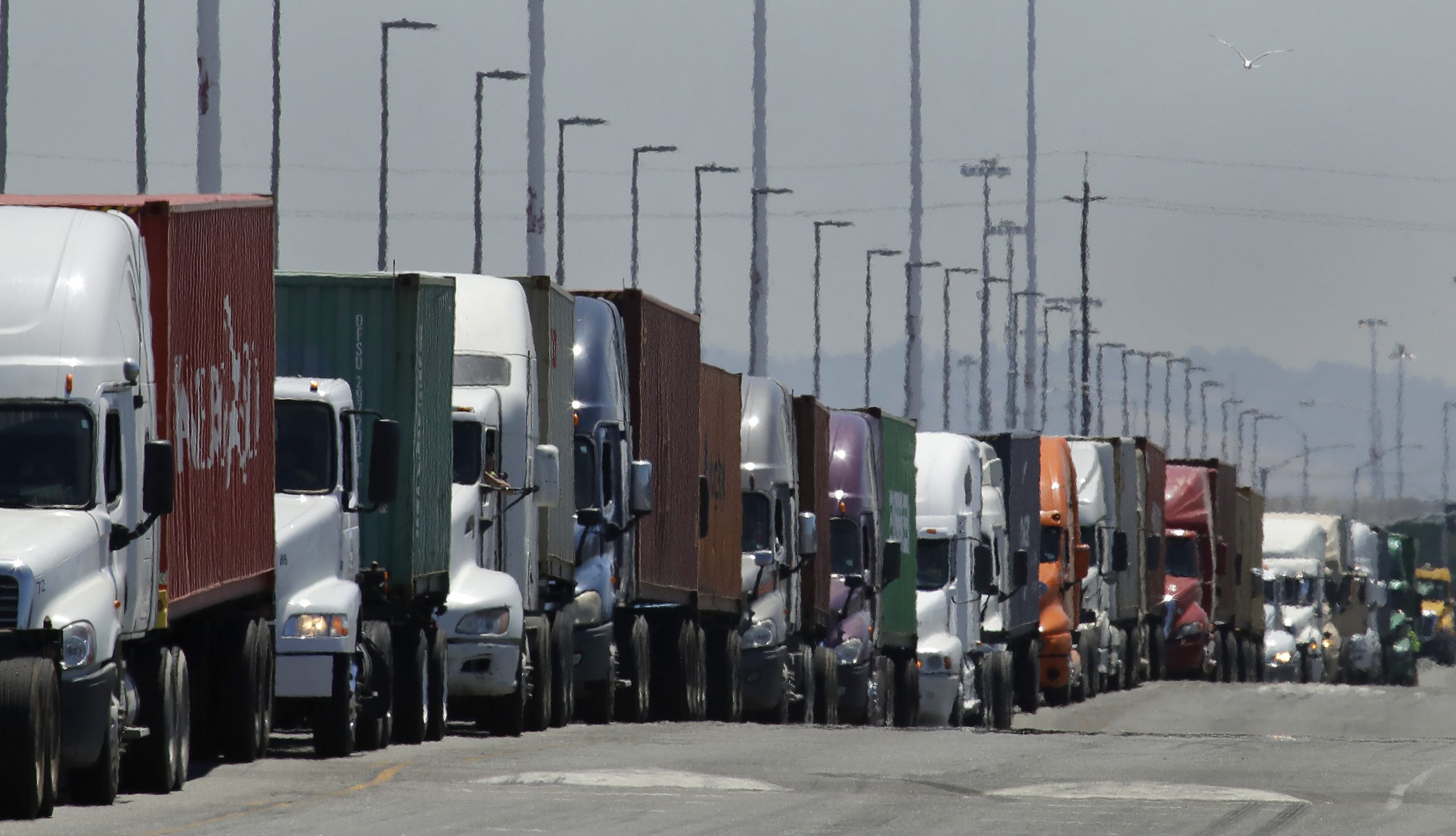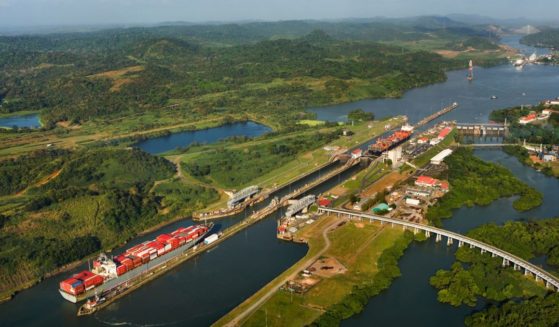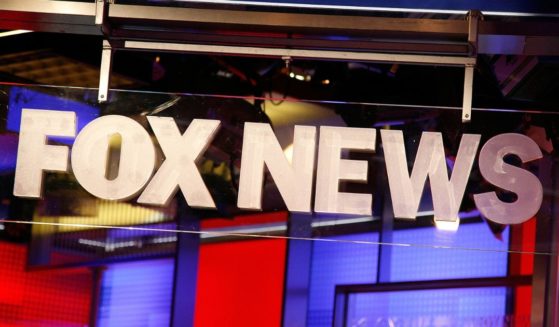
Crippled by Liberal Shutdown, GDP Has Plummeted Even Faster Than Initially Feared
In the grips of the COVID-19 shutdown, the U.S. economy shrank at an even faster pace than initially estimated in the first three months of this year, with economists expecting a far worse outcome in the current April-June quarter.
The Commerce Department reported Thursday that the gross domestic product, the broadest measure of economic health, fell at an annual rate of 5 percent in the first quarter, a bigger decline than the 4.8 percent drop first estimated a month ago.
It was the biggest quarterly decline in more than a decade, since an 8.4 percent fall in the fourth quarter of 2008 during the depths of the financial crisis.
The downward revision to first-quarter GDP reflected weaker investment by businesses in their inventories which was partially offset by slightly stronger consumer spending.
Economists believe the lockdowns that paralyzed wide swaths of the economy and triggered the layoffs of millions of workers will send the GDP sinking at an annual rate of 40 percent in the current quarter. That would be the biggest quarterly decline on records that go back to 1947.
Many forecasters believe growth will rebound sharply in the July-September quarter with the Congressional Budget Office predicting GDP will rise at an annual rate of 21.5 percent. Still, that gain would not be nearly enough to make up for the economic output that was lost during the first and second quarters.
And many economists worry that the positive GDP performance being forecast for the second half of the year may not come about if the current push to reopen the economy does not go well. A second wave of COVID-19 could be a serious setback to efforts to get consumers to return to shopping in stores and eating in restaurants.
Sung Won Sohn, a business and economics professor at Loyola Marymount University in Los Angeles, said he was forecasting GDP would grow at an annual rate of around 9 percent in the third quarter and 15 percent in the fourth quarter of this year if there is no second wave of the virus.
But he said even with those gains, GDP for the whole year will be down 5.3 percent. Sohn said it will take years to make up the lost GDP.
The Trump administration has been predicting an economic rebound.
Calling it a “transition to greatness,” the president envisions strong growth in the second half of the year.
“You’re going to see some great numbers in the fourth quarter, and you’re going to end up doing a great year next year,” Trump said recently.
The GDP report Thursday was the second of three estimates for the first quarter. The 5 percent decline followed a 2.1 percent gain at an annual rate in the fourth quarter of last year.
For the first quarter, consumer spending, which accounts for 70 percent of economic activity, fell at an annual rate of 6.8 percent.
It was the biggest quarterly decline since an 8.7 percent fall in the second quarter of 1980 but was still a slight improvement from the government’s first estimate of an even bigger 7.8 percent decline.
Businesses’ decisions to slow their inventory restocking trimmed 1.4 percentage points from GDP in the first quarter, three times the initial estimate of a 0.5 percentage point drag from restocking cutbacks.
Business investment in new plants and equipment fell at an annual rate of 7.9 percent in the first quarter, a slightly smaller decline than first reported, while residential construction increased at an 18.5 percent rate, slightly slower than first estimated.
The Western Journal has reviewed this Associated Press story and may have altered it prior to publication to ensure that it meets our editorial standards.
Truth and Accuracy
We are committed to truth and accuracy in all of our journalism. Read our editorial standards.
Advertise with The Western Journal and reach millions of highly engaged readers, while supporting our work. Advertise Today.












